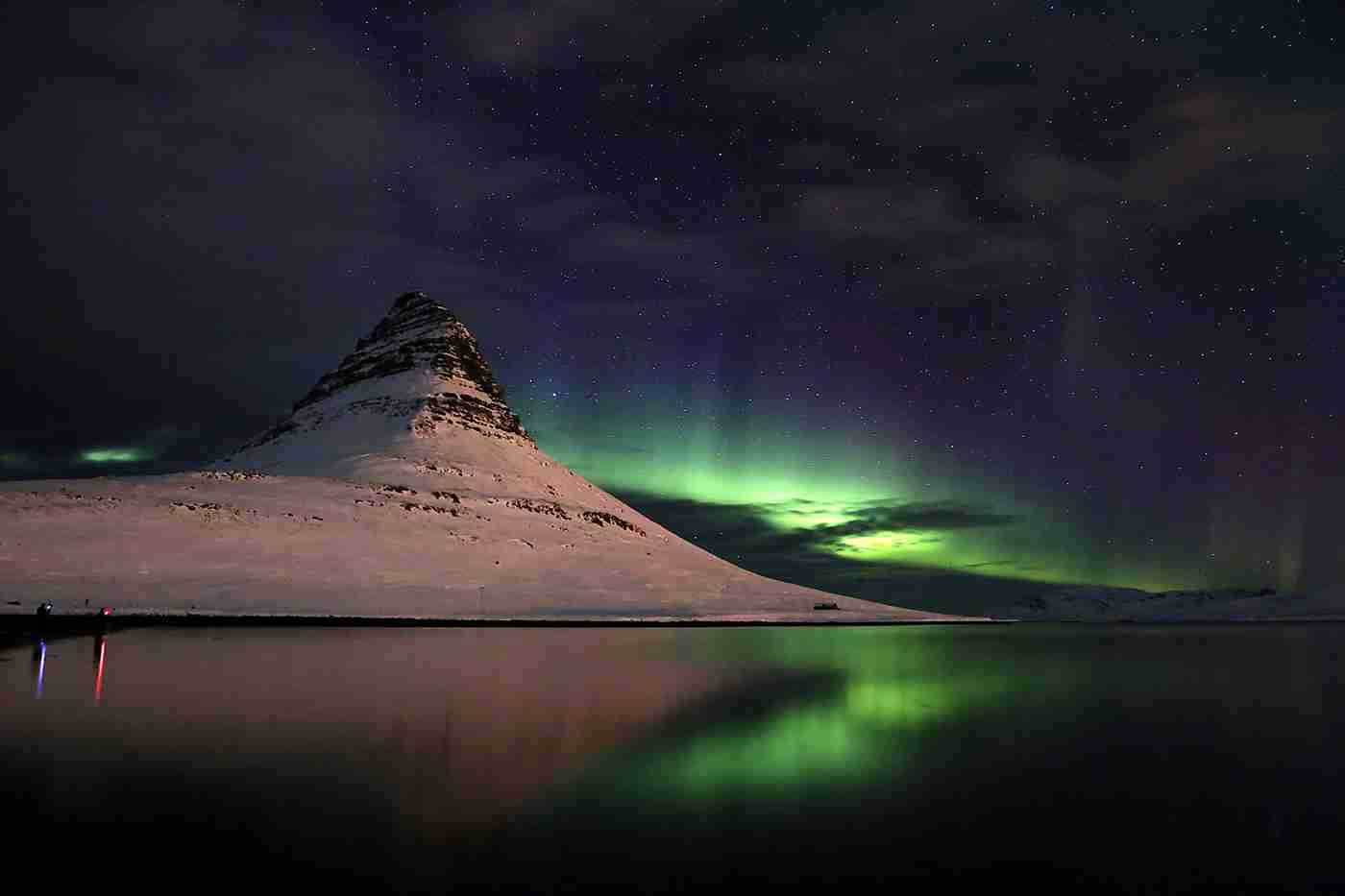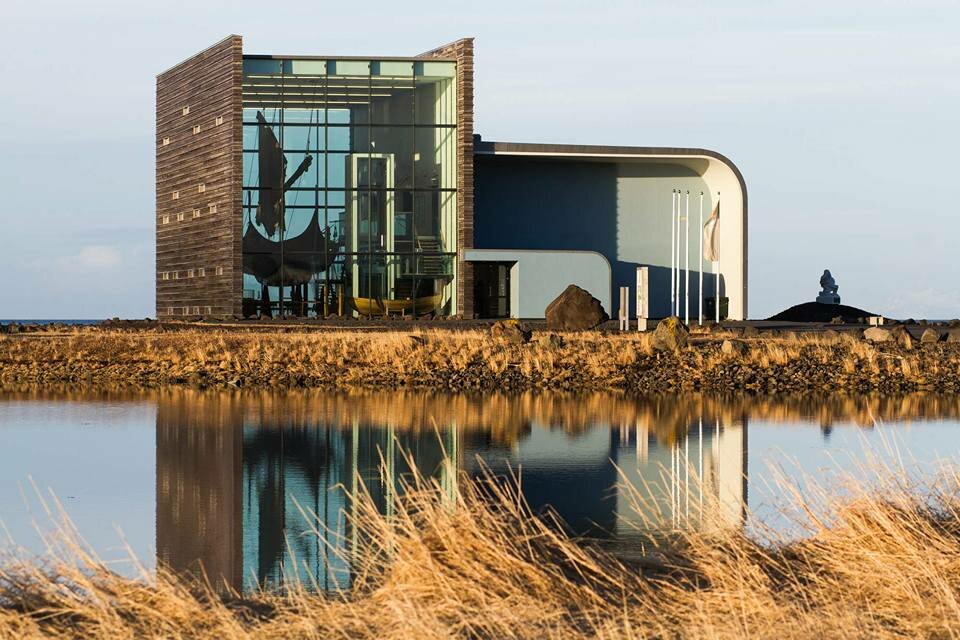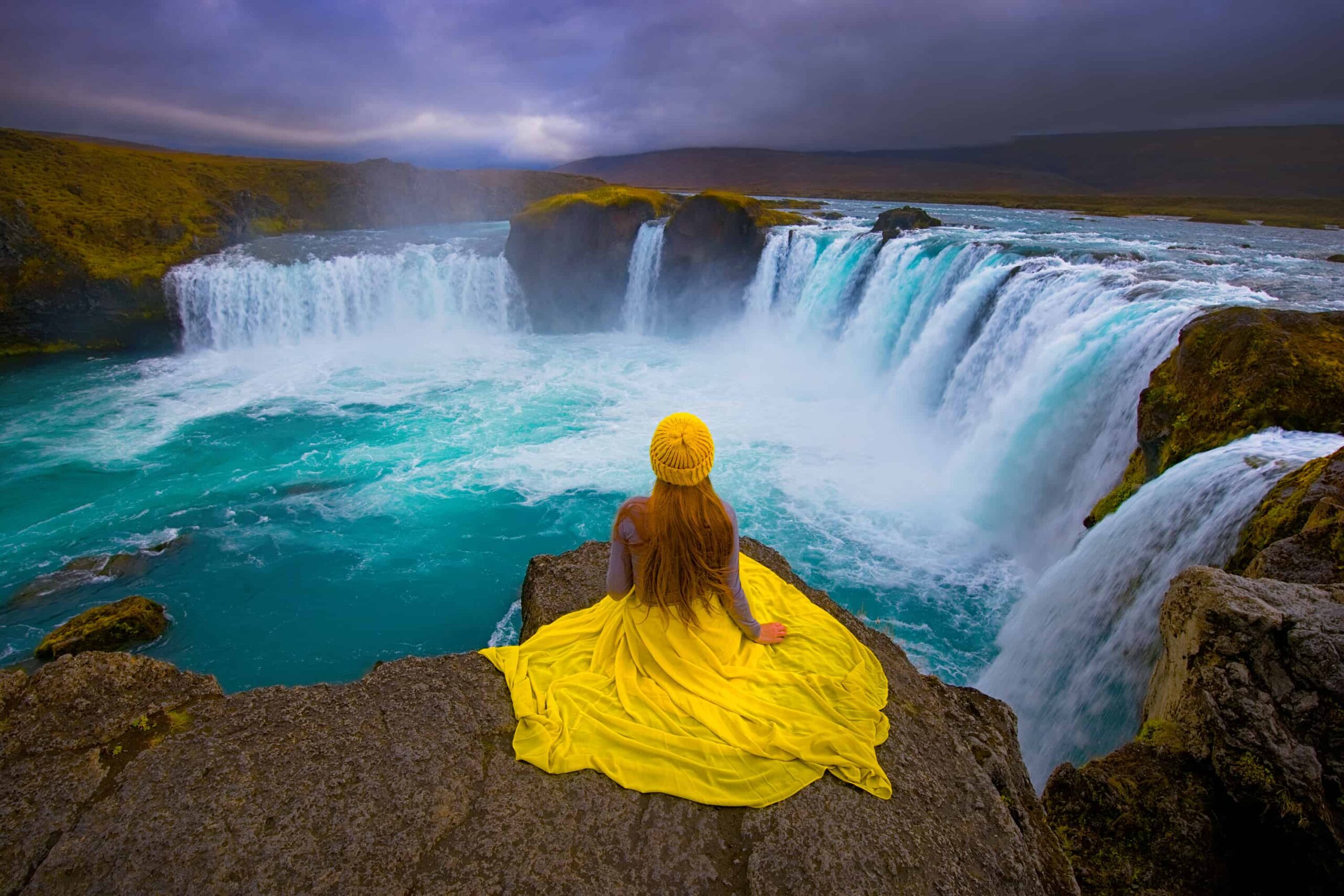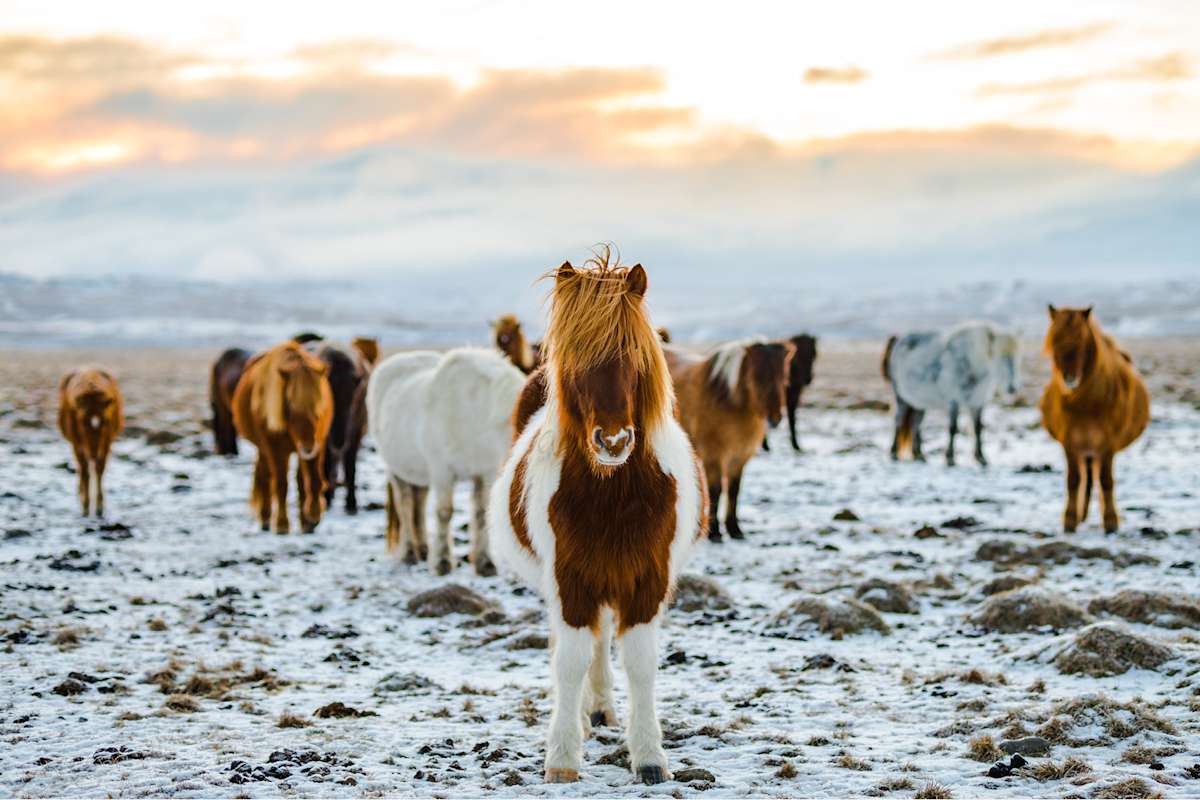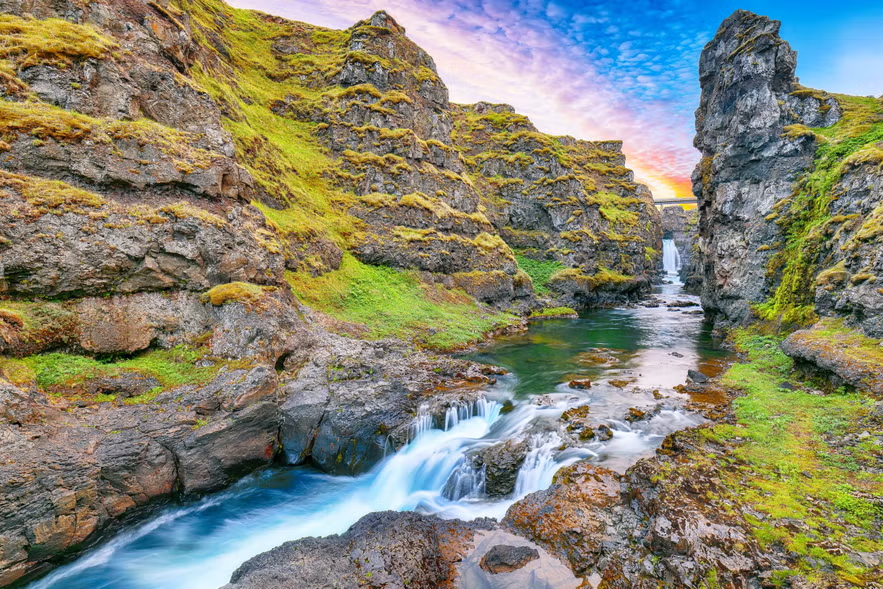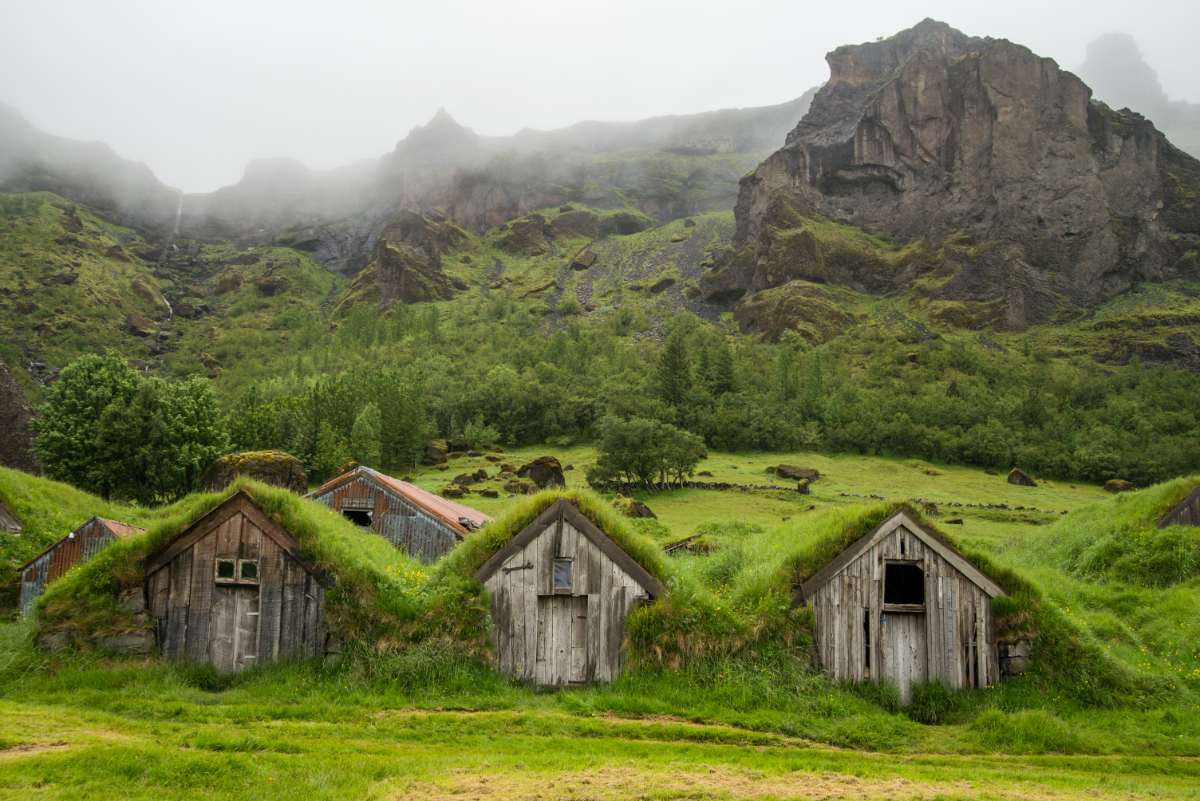Exploring Iceland’s Glaciers: What You Need to Know
Category
Categories
Travel Guide
Type
Glacier Lagoons, Bird Sights
Destination
Vatnajokull national Park
High season
Jun - Aug & Nov - Jan
Area
18 sq km
Outflow
Atlantic Ocean
Popular articles
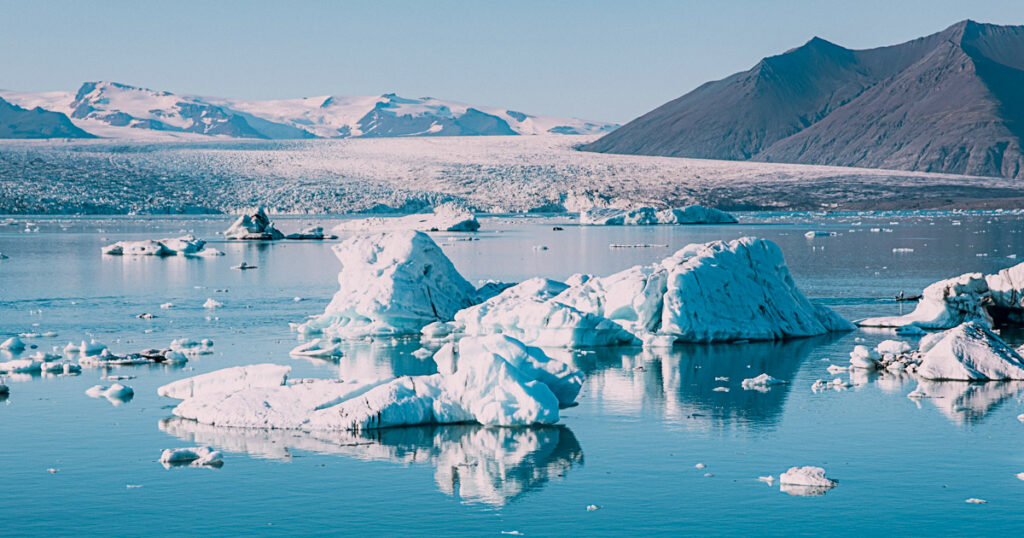
Introduction
Iceland, a land of ice and fire, is a paradise for adventurers and nature lovers alike. Its unique geographical features, steeped in rich tradition and history, make it a mesmerizing destination. One of the most breathtaking aspects of Iceland is its majestic glaciers, each with its own distinctive allure that beckons explorers from across the globe. Imagine traversing these icy landscapes, feeling the cool kiss of the frosty air against your skin, hearing the crack of ancient ice under your feet, and beholding endless fields of ice and snow, shimmering like diamonds under the arctic sun. Whether you’re a seasoned traveler or a first-time explorer, here’s your comprehensive guide to exploring Iceland’s glaciers, with all the sensory descriptions, historical context, practical advice, and recommendations you need to fully immerly yourself in the Icelandic experience.
1. Vatnajökull
Covering 8% of the country, Vatnajökull is Europe’s largest glacier and Iceland’s most iconic ice cap. Its size and magnificence evoke feelings of awe and insignificance, reminding you of the enduring power of nature.
Historical Significance: Its deep ice caves have starred in TV shows like Game of Thrones, making it a must-visit for fans.
How to Experience: The sensational ice caves should be explored during winter when the ice is sturdy. Remember to hire a professional guide for your safety and to understand the geological importance of this vast ice cap.
2. Jökulsárlón
Next, explore Jökulsárlón, Iceland’s impressive glacial lagoon. Marvel at the serene water, mirroring the sky and the backdrop of gorgeous icebergs that break off from the Breiðamerkurjökull glacier.
Historical Significance: The towering icebergs in the lagoon resemble ancient frozen sculptures, some dating back hundreds of years.
How to Experience: An amphibian boat tour is the best way to navigate the lagoon. It’s also an excellent spot for photographers year-round, especially at sunrise and sunset.
3. Langjökull
Langjökull, which means “Long Glacier,” is a particularly unique glacier due to the ice tunnel known as “Into the Glacier”. This man-made wonder leads you directly into the ancient ice.
Historical Significance: This extraordinary project, completed in 2015, offers an unparalleled view into the interior of a glacier, aiding scientific research and captivating tourists.
How to Experience: Join a guided tour year-round, wear warm waterproof clothing, and sturdy boots to experience this icy marvel.
4. Snæfellsjökull
Snæfellsjökull, a 700,000-year-old stratovolcano crowned with a glacier, enchants many with its mystical aura and natural beauty.
Historical Significance: Immortalized in Jules Verne’s “Journey to the Centre of the Earth,” Snæfellsjökull is steeped in Icelandic lore and mystical tales of hidden energy.
How to Experience: Hiking tours are available, but require preparation and the company of an experienced guide. Visit during summer when the glacier is accessible.
Cultural and Historical Significance
Iceland’s glaciers are profound symbols of the country’s geological history and cultural heritage. They have been integral to the local community, shaping folklore, and inspiring awe. In the sagas, glaciers are often referred to as “frozen giants” or “ice gods,” reflecting the locals’ deep respect for these formidable natural features. Furthermore, glaciers have significantly shaped the landscape, carving deep valleys and shaping jagged peaks. They also serve as poignant reminders of climate change – reminders etched in melting ice – of nature’s vulnerability.
Conclusion
Iceland’s glaciers are not just frozen landscapes; they are embodiments of the raw power and beauty of nature, the very essence of the country’s identity. Whether you harness the ancient ice under your crampons or sail amidst the glistening icebergs, these unparalleled experiences etch unforgettable memories. So, immerse yourself in the magical realm of ice and snow, understand the deep-rooted connection between the Icelandic people and their environment, and savor the sublime majesty of Iceland’s glaciers. They are not just to be seen, but felt, understood, and cherished. Embark on this arctic voyage, and discover a new facet of our incredible world as you stand at the heart of Iceland’s ice-capped splendor.
Remember to pay respect to these natural wonders, follow safety guidelines, and leave no trace to preserve this unique environment for future generations. Happy Glacial Adventures!
Additional Notes for Expanding Content:
Iceland is a rich tapestry of stories and legends. Let the readers into this fantastical world by sharing local anecdotes, such as those about “hidden folk” or “Huldufólk” living in glaciers. Also, give them a sense of the sheer scale of the glaciers with relative comparisons. Incorporate practical advice about necessary equipment or appropriate clothing. Include tips on photography or ideal viewing spots to make the experience more immersive. Expand on the impact of climate change on Icelandic glaciers and their gradual retreat, emphasizing the importance of sustainable tourism.

